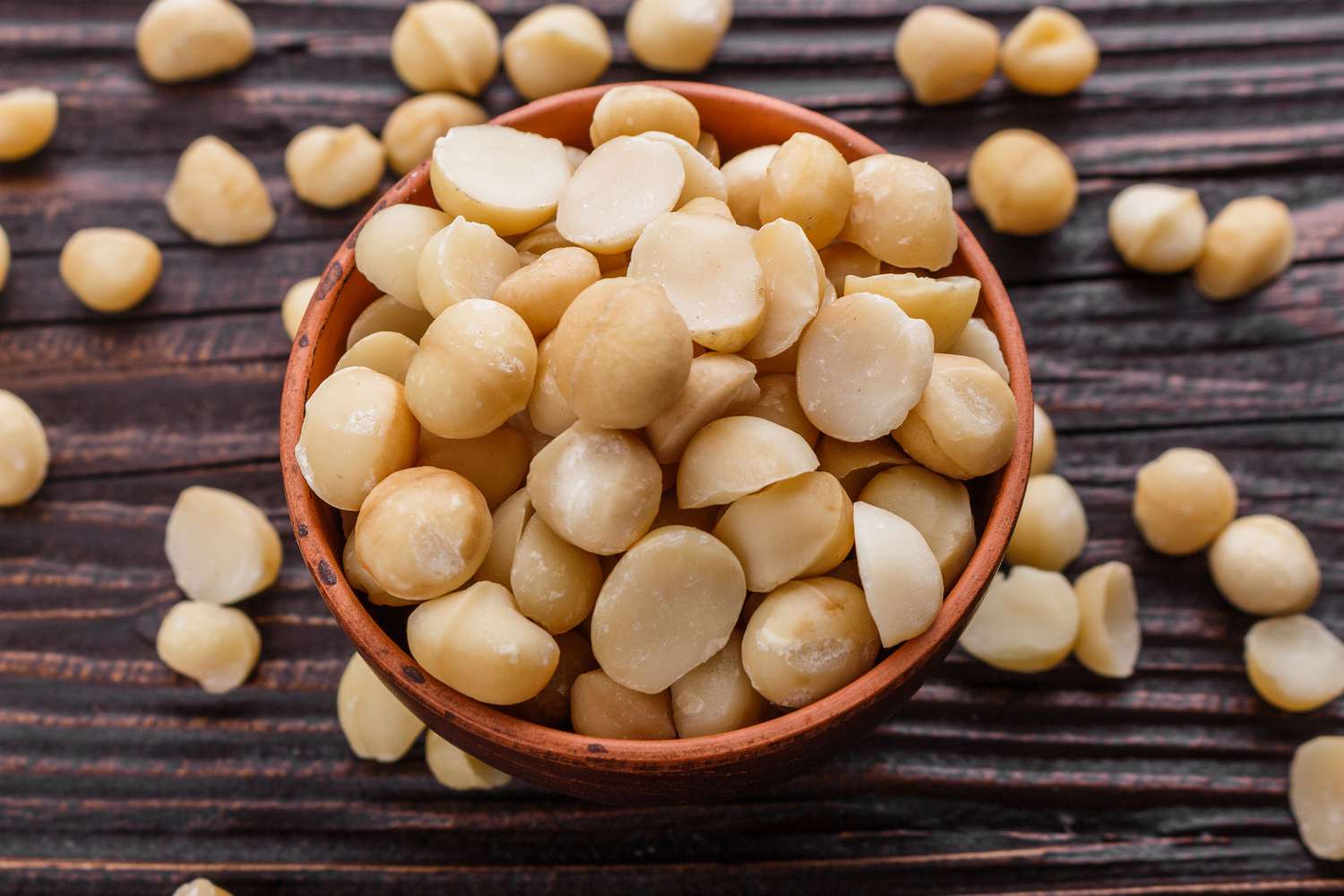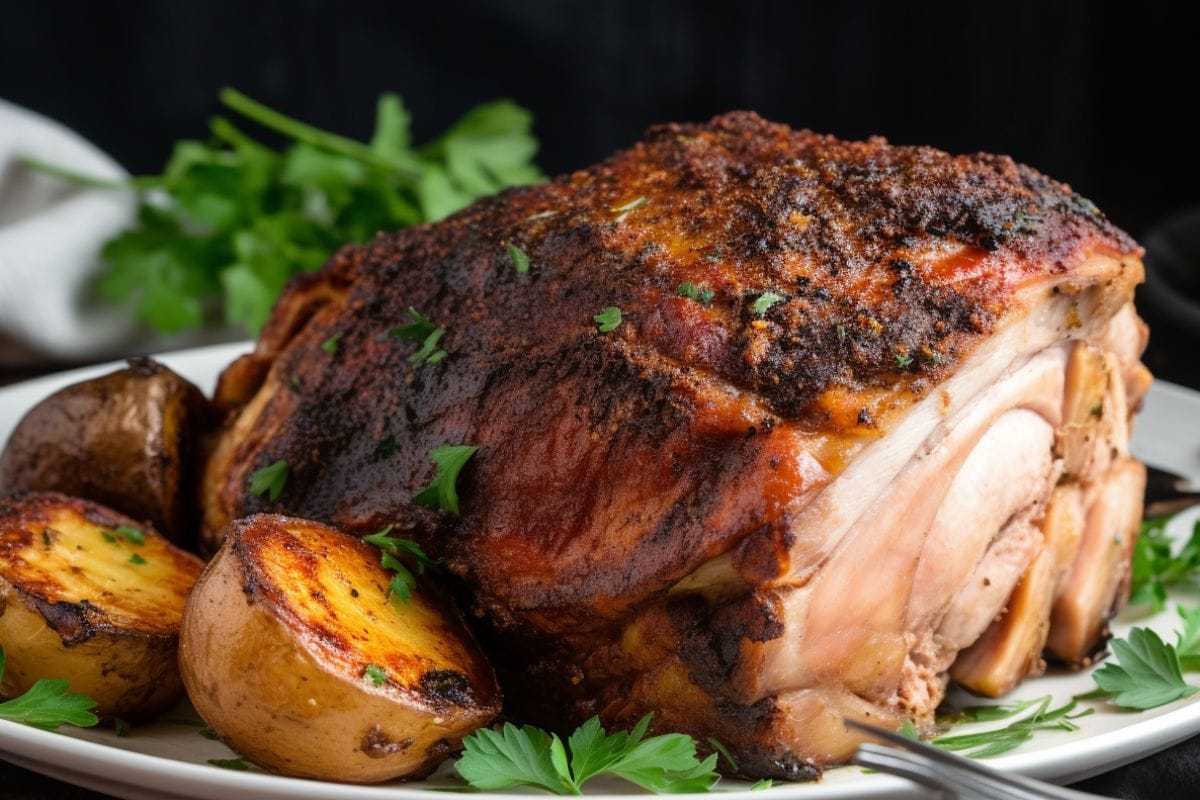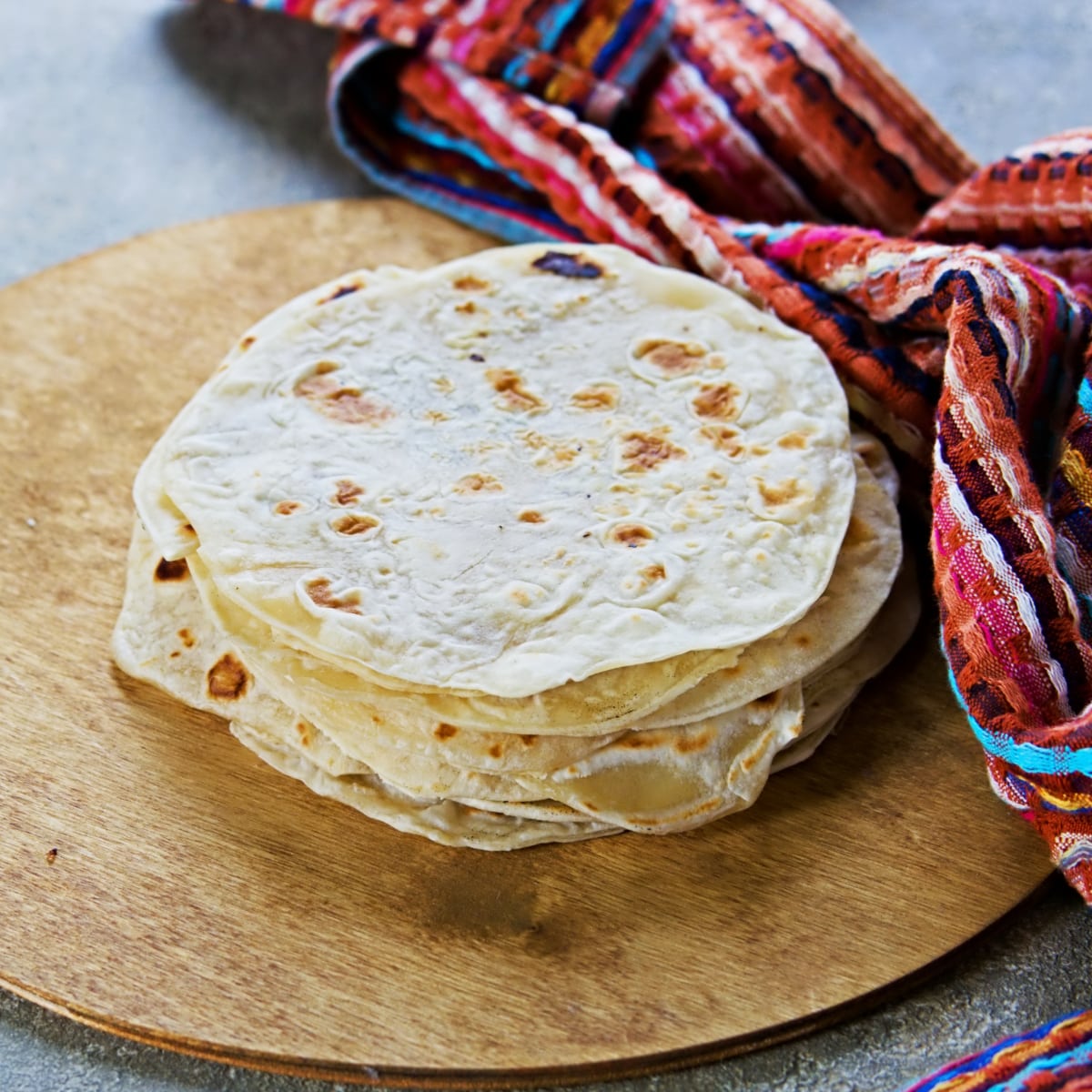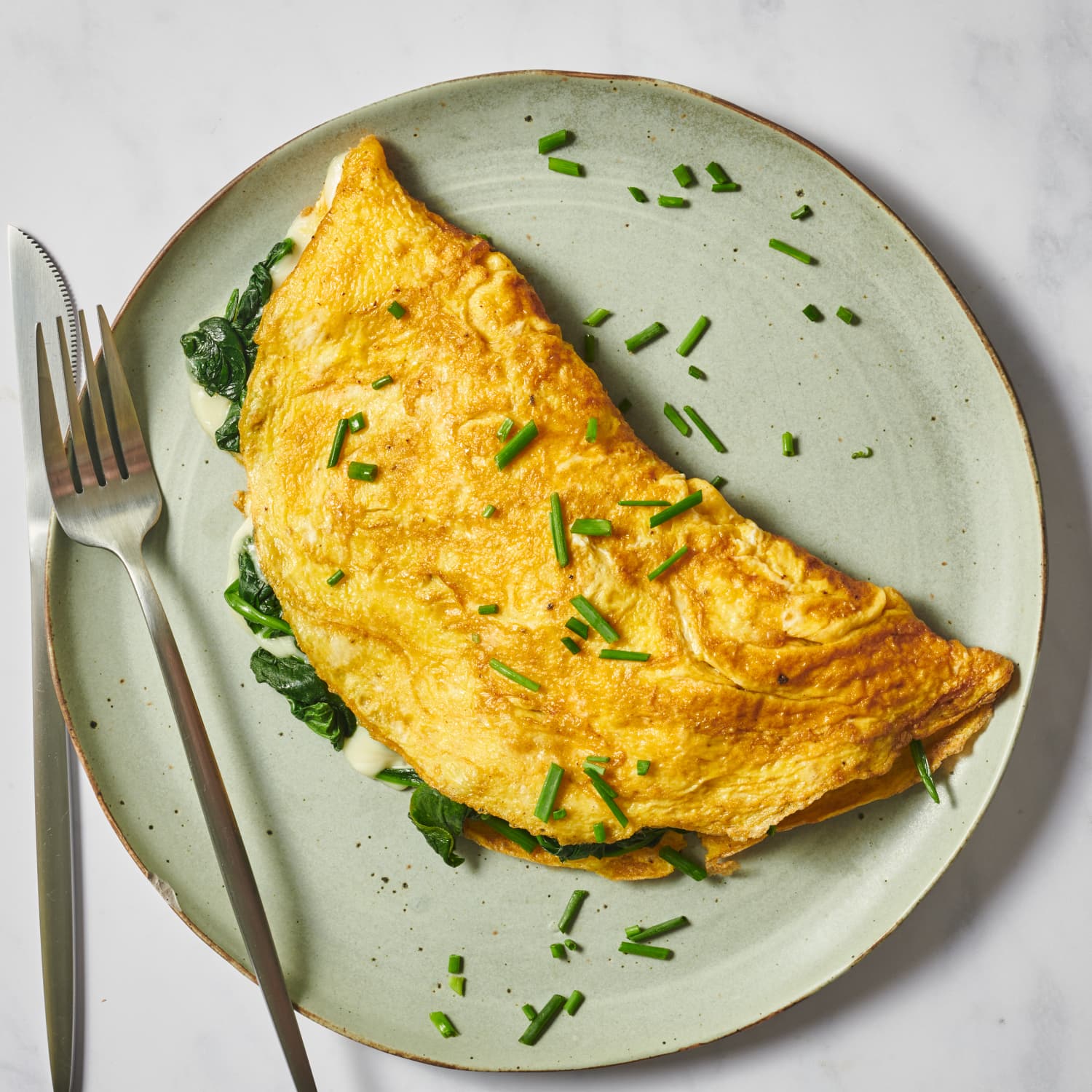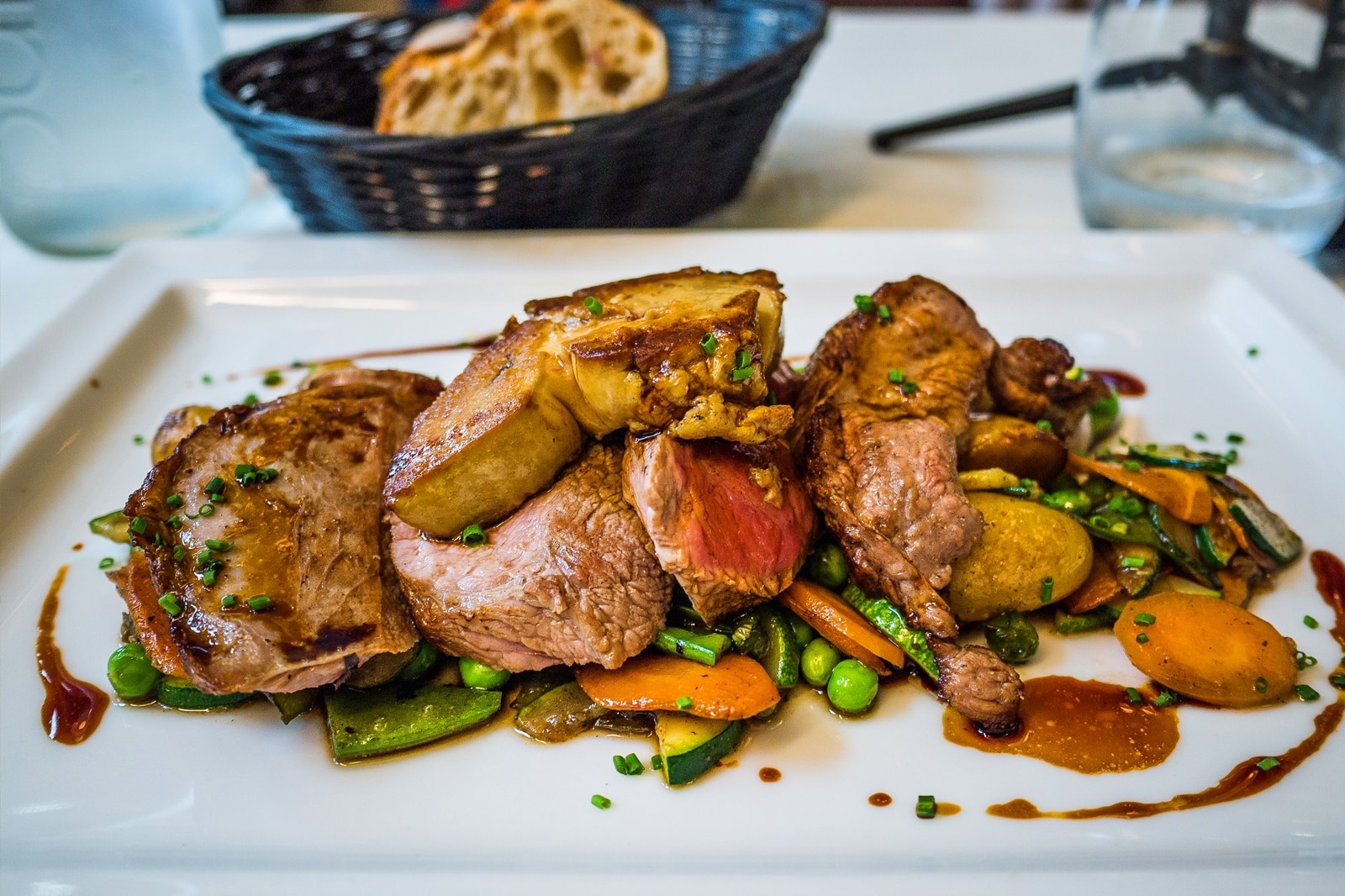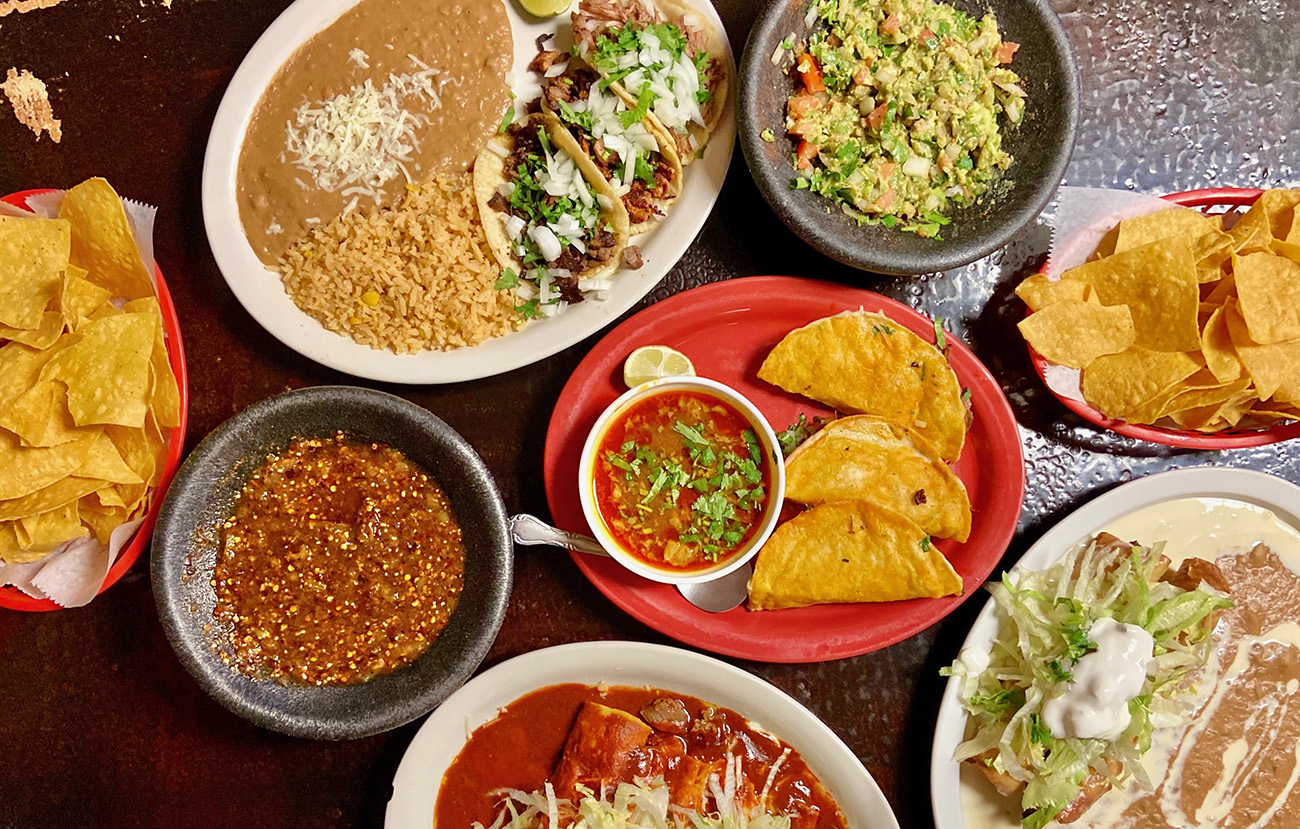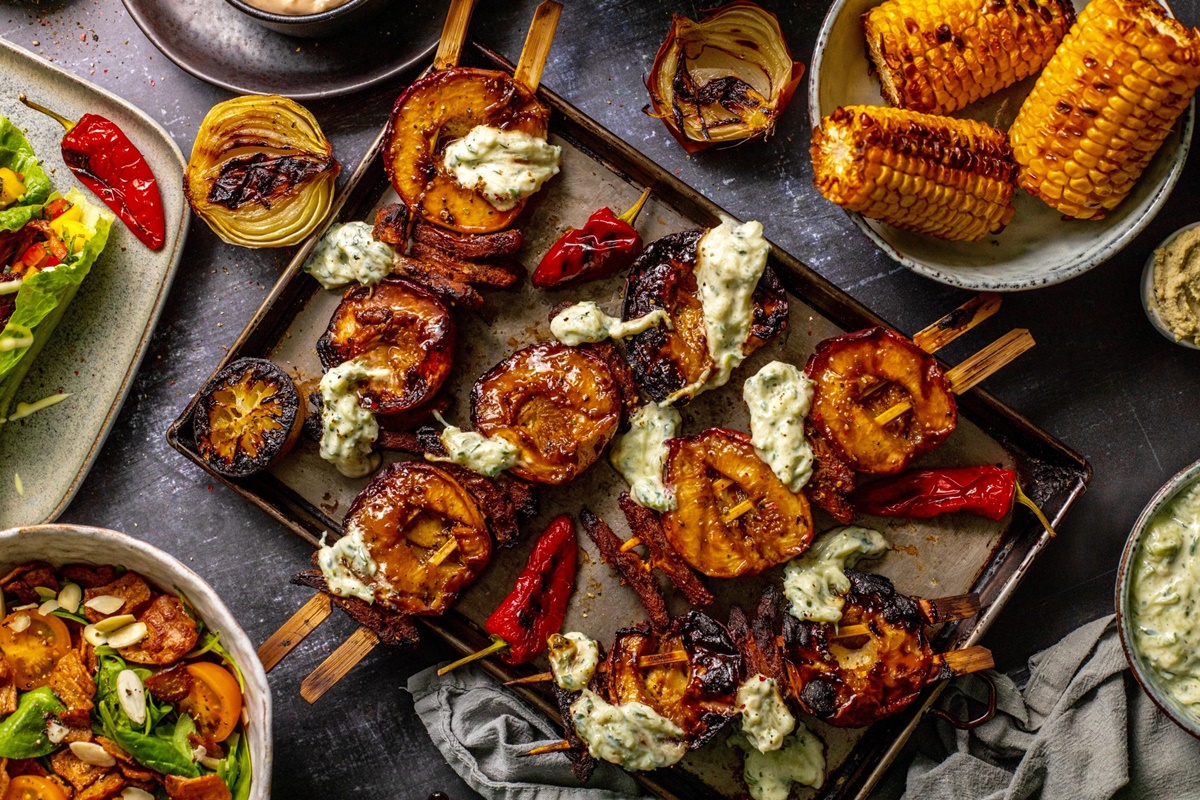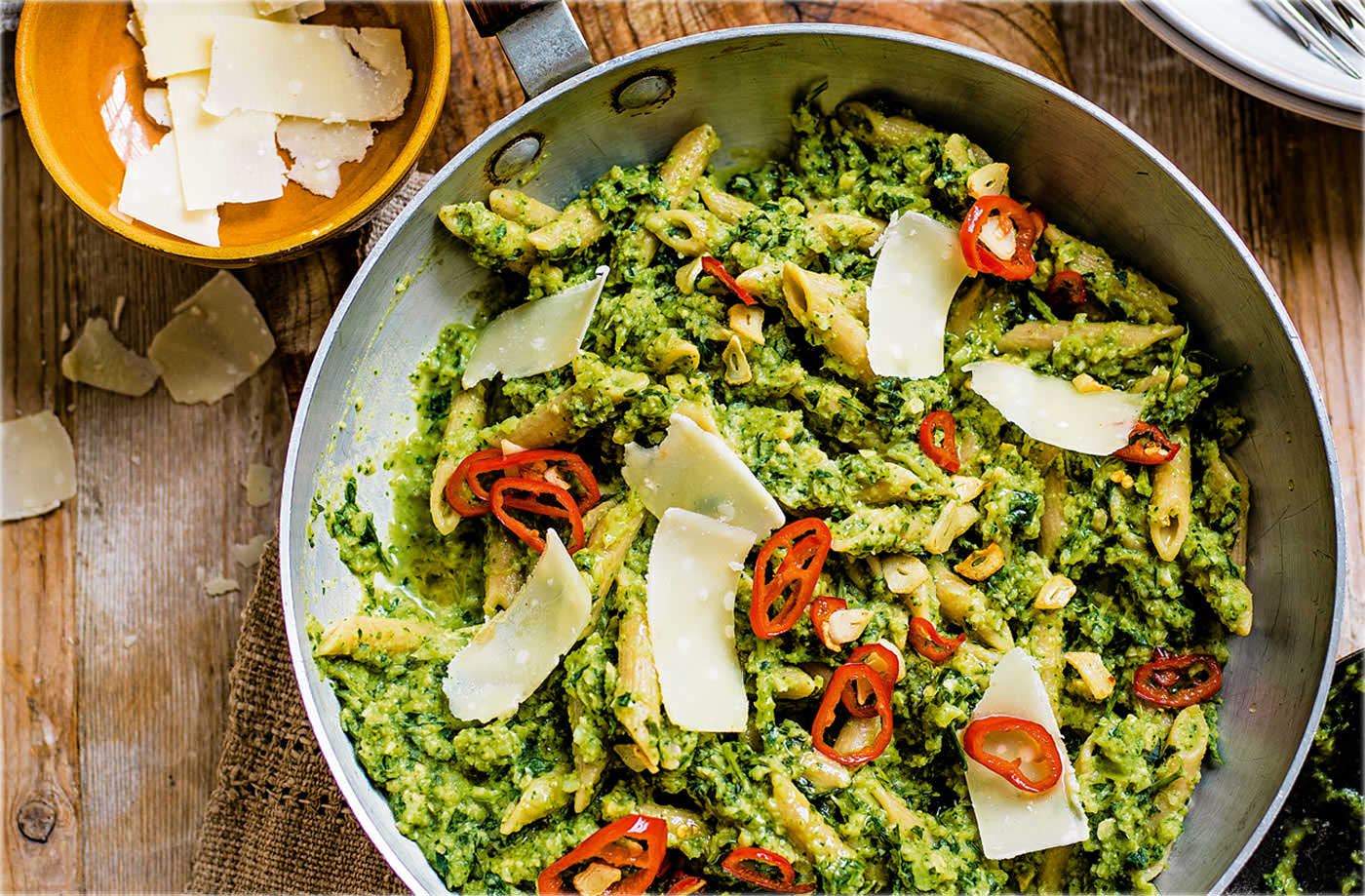How to Roast Meats: A Step-By-Step Guide
Roasting meat is a timeless cooking technique that brings out rich flavors and succulent textures. Whether you’re a seasoned chef or an aspiring home cook, mastering the art of roasting meats will elevate your culinary skills to new heights. In this step-by-step guide, we will walk you through the process of roasting meats to perfection.
Step 1: Choose the Right Cut of Meat
Start by selecting the perfect cut of meat for roasting. Opt for cuts that have a good amount of marbling, like ribeye, sirloin, or pork shoulder. These cuts are known for their tenderness and flavor when roasted.
Tip: For a leaner option, try a well-trimmed tenderloin or skinless chicken breasts.
Step 2: Prepare the Meat
To ensure the meat cooks evenly and retains moisture, it’s essential to properly prepare it before roasting.
- Remove the meat from the refrigerator and let it sit at room temperature for about 30 minutes. This allows for more even cooking.
- Trim any excess fat or connective tissue, leaving a thin layer for flavor.
- Season the meat generously with salt, pepper, and your choice of herbs or spices. Pat the seasoning into the meat to create a flavorful crust.
Step 3: Preheat the Oven
Preheat your oven to the recommended temperature for the specific meat you’re roasting. Different meats require different cooking temperatures, so consult a reliable recipe or cooking guide for the correct information.
Tip: A high temperature will help achieve a crispy exterior, while a lower temperature allows for slower cooking and tenderizing of tougher cuts.
Step 4: Place the Meat in a Roasting Pan
Use a shallow roasting pan that is large enough to accommodate the meat with some space around it. This allows heat to circulate evenly and promotes browning.
Tip: For added flavor, you can place aromatic vegetables like onions, carrots, and garlic underneath the meat.
Step 5: Roasting Time
Once your oven is preheated, carefully place the roasting pan with the meat inside. Roast the meat according to the recommended cooking time, based on its weight and the desired doneness.
- For rare meat, cook at a higher temperature for a shorter period.
- For medium-rare to medium, reduce the temperature and extend the cooking time.
- For well-done meat, cook at a lower temperature for a longer duration.
Step 6: Let it Rest
Remove the meat from the oven and let it rest for 10-15 minutes before carving. This allows the juices to redistribute and results in a more flavorful and tender piece of meat.
Tip: Tent the meat with aluminum foil during the resting period to keep it warm.
Step 7: Carve and Serve
Using a sharp carving knife, slice the meat across the grain for maximum tenderness. Arrange the slices on a serving platter and garnish with fresh herbs or a drizzle of pan juices.
Tip: Serve your beautifully roasted meat as the centerpiece of a delicious meal, accompanied by roasted vegetables, mashed potatoes, or a flavorful sauce.
By following this step-by-step guide, you’ll be able to roast meats like a pro. Practice makes perfect, so don’t be afraid to experiment with different seasonings and cooking times to find your personal roasting style. Elevate your culinary repertoire and impress your family and friends with mouthwatering roasted meats that are sure to leave them craving for more!
More Delicious Recipes to Try
As you've mastered the basics of roasting from our guide, it's time to put your skills to the test with an array of mouthwatering recipes. For those eager to impress at their next dinner party, try the Classic Roast Beef with Garlic and Rosemary or Herb-Crusted Pork Loin Roast, both of which use simple ingredients to deliver spectacular results. If poultry is your preference, the Garlic and Lemon Roasted Chicken is a must, offering a zesty twist that enhances the bird's natural flavors. Adventurous cooks might explore the Spicy Roasted Whole Fish, a recipe that promises to add a kick to your roasting repertoire. Each recipe is designed to build upon the skills outlined in our roasting guide, ensuring delicious outcomes that are sure to delight any palate.
Was this page helpful?
Read Next: How To Roast A Pig On A Spit
